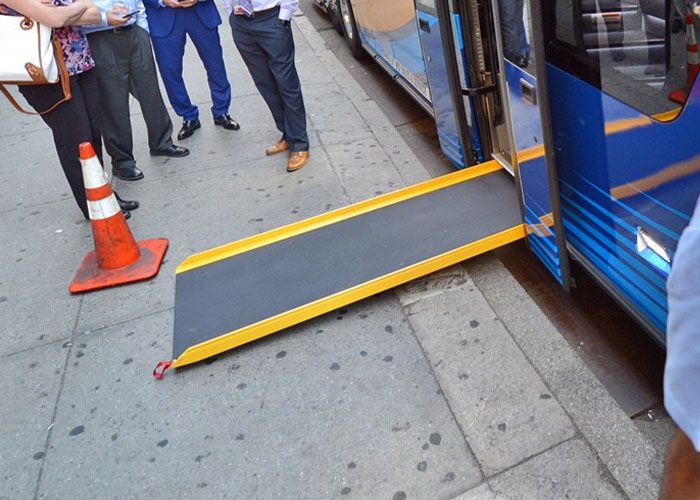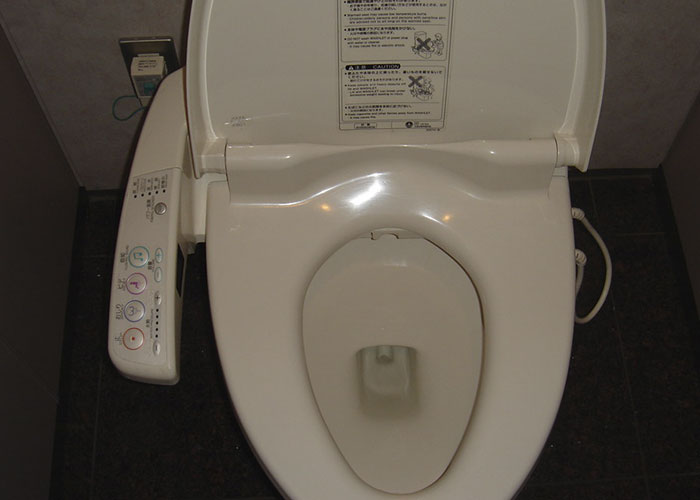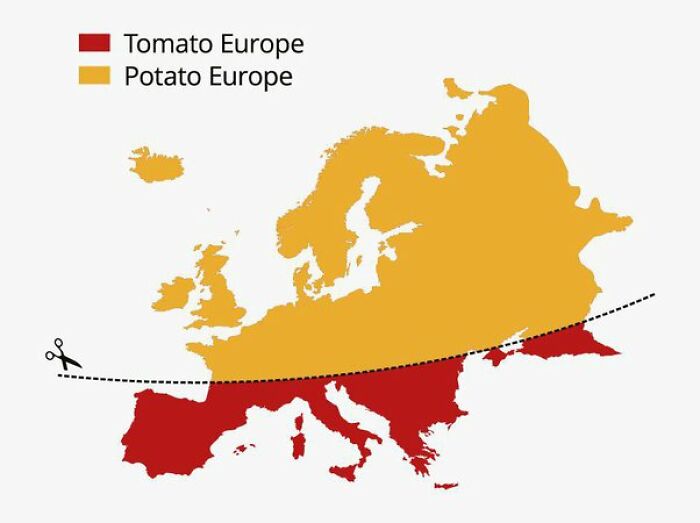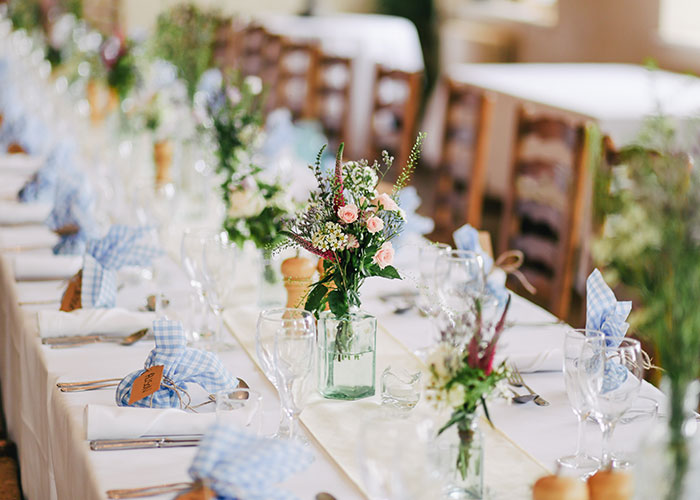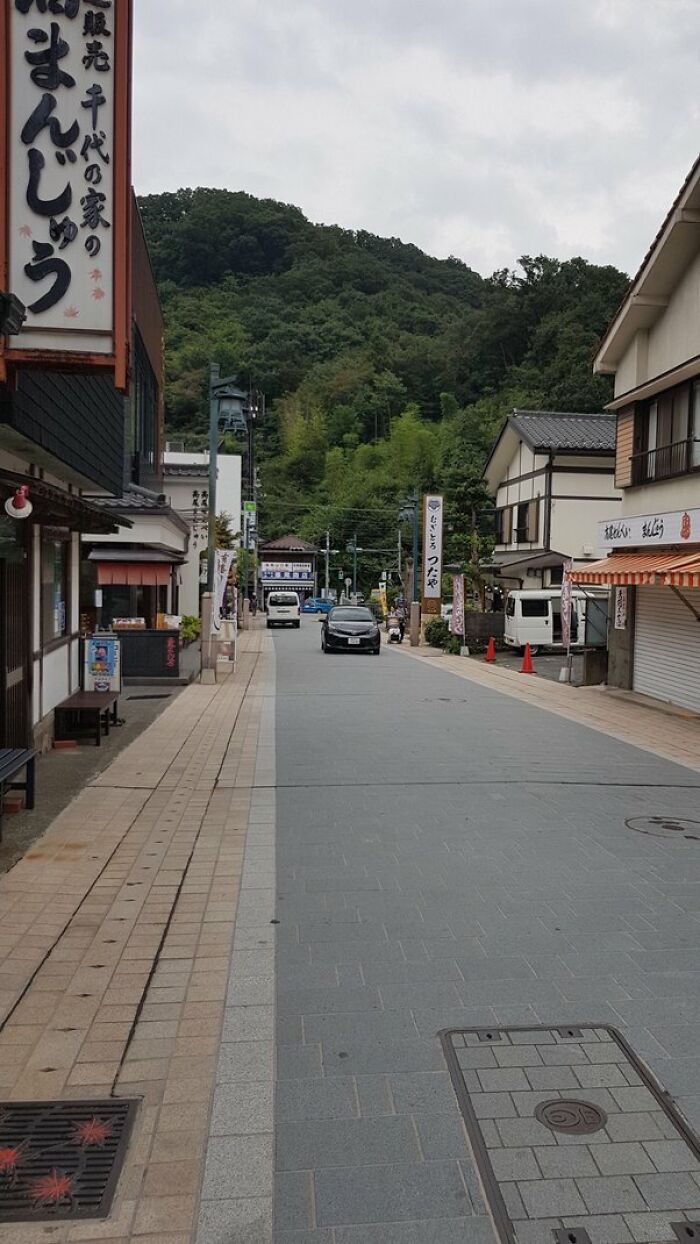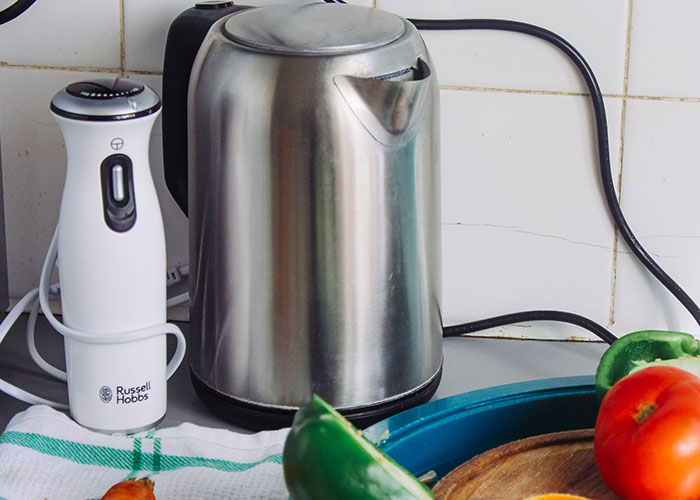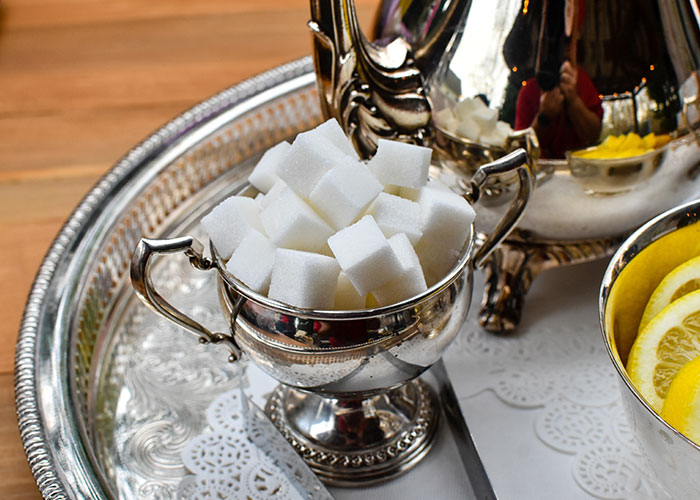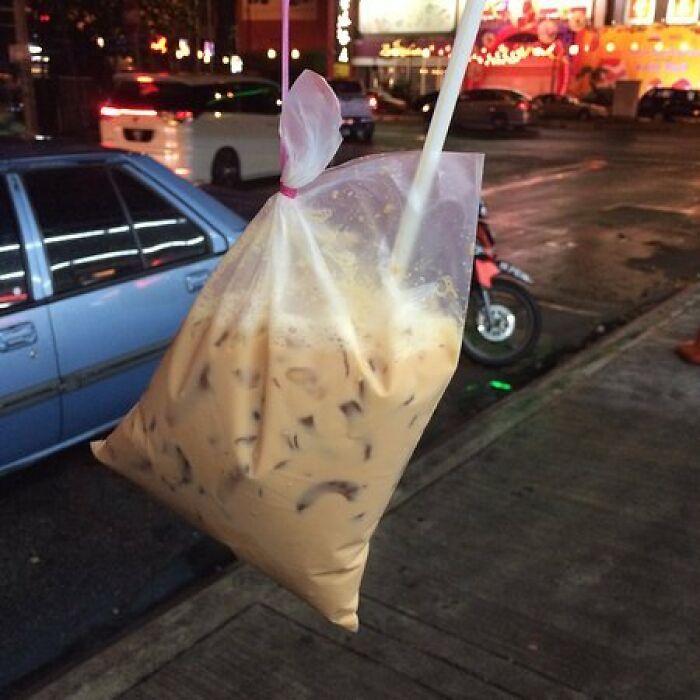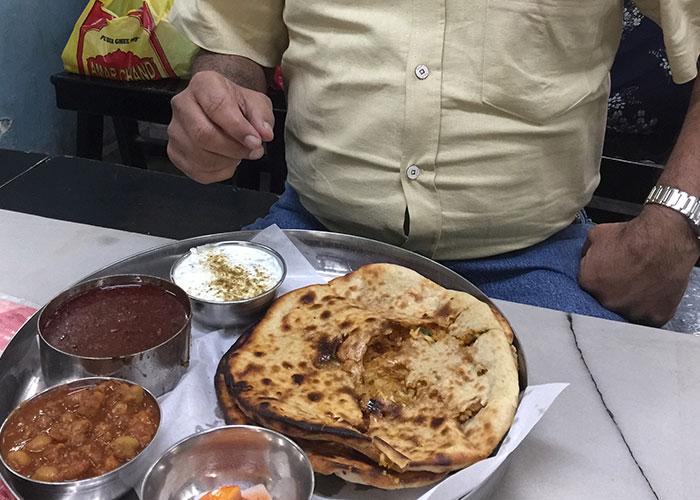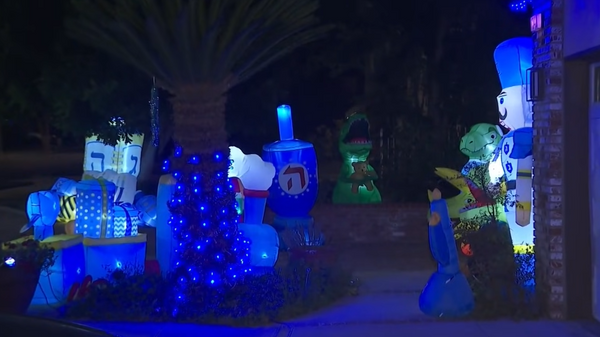Article created by: Kotryna Br
When people leave the comfort of their home and familiar surroundings to visit (or stay at) an unfamiliar environment, the adjustment period can be fairly intense, especially if the two locations are completely different, such as going from a small rural area in the US to a large Asian metropolis.
But we can also experience the uncertainty, confusion, and anxiety that comes with this change even when moving from one place to another within the same country.
I would like to share my culture shock experience after I came to Germany from India in 2016.
(The incident is not exactly about me, but I witnessed this).
It was my 2nd day in Germany and I had to travel to the university for completing some paperwork formalities. I chose to travel by local public transport bus. It was peak hour time so the bus is fully occupied by passengers. I was standing in the bus and after 5 minutes the bus stopped at one stop. The driver got off from his driving seat, stepped down from the bus, and came to the middle door of the bus. The reason he came was to help a handicapped person to get on the bus by unfolding a wheelchair ramp
All people were there, nobody made any noise nor any angry faces. I was stunned by looking at the scene that happened. Because in my country I have never seen such a gesture by a bus driver to help a handicapped person and that too during peak hours in a crowded bus.
The second cultural shock was just after 5 minutes when I stepped down from the bus at my destination stop. I saw the same person crossing the two-lane road on Zebra Crossing using his wheelchair. All the cars (more than 8–10) stopped on both sides of the road. There was no noise, no horn nothing. After the person successfully crossed the road, vehicles went off.
This moment really gave me goosebumps, that how can people behave so nicely and show such gestures and follow rules.
Castles in Germany
I have never actually seen such castles. These kinds of structures always seemed magical to me. When I saw that there were such structures in Germany, I realized that castles were not just fairy tales.I was very excited when I first saw it.I've never seen anything like this before. I felt like I was living in the middle ages.
Japanese Toilets.
Well what’s all the hype about a toilet?
As the airplane arrived in Narita Airport, I, customarily, for some reason, go to the toilets. (I dislike using the plane’s toilets when we’re near landing)
Big surprise.
When I opened that cubicle, I nearly got disoriented. Random buttons in separate menu screens astounded me.
I mashed all the buttons and I realized that there was a heater, a bidet water sprayer when you have to take a dump, and on some toilets, they open automatically when you come in. They even have an option to play music to help you concentrate when… doing your stuff!
I literally said “OH MY GOD!” in the cubicles, and pretty much everyone knew that I was a tourist, but you know what? Screw them. Lemme enjoy my time with this gracious toilet.
I was literally in front of the Lamborghini of Toilets. Let me bask in all the glory.
EDIT: Forgot to mention that the music mainly masks the sound you make when relieving yourself or taking a dump
There’s a pop-On one side, every meal is potato based. On the other, it seems not a single meal is eaten without a tomato in the form of sauce, pizza, salad, etc.
I grew up on the potato side. Every day was a form of potatoes - usually roasted as a side with a form of meat. To switch things up, there were also boiled potatoes, mashed potatoes, potato pancakes, and so many more I can’t think of.
Then I crossed the line. Obviously I’d had tomatoes in the form of pasta sauce or marinara, but never to the frequency or variety that they have on the other side of the border (yes, I’m being dramatic. Bare with me).
culture line in Europe called the tomato-potato line.
It was like my taste buds had exploded. Every meal had a new flavor and depth that I had never experienced. The tomatoes were different too - better quality, grown near to the location rather than being shipped hundreds of miles. So much more spice and taste can be incorporated into a tomato based dish.
Though I may be biased, I then vowed to never stay in potato territory for food. I learned to cook, reducing my potato consumption to maybe once a month, and have since relished in the variety of foods there are to try from so many different cuisines.
I lived in the Netherlands for a couple of years then and my Dutch boss invited me to her wedding. There was a beautiful ceremony in a romantic castle and after that we were served some tiny snacks and petit fours.
After that we took a group picture and then the wedding manager announced that those who have a fork and a knife pictogram in their wedding invitation could proceed to the dinner hall and the rest can go home and thanks for coming.
So there we were, hungry and stuck in the middle of nowhere. Until one of our colleagues called her husband to pick us up by car and bring to the nearest train station where we bought ourselves döner kebab.
I still don’t get it, why should someone treat their guests differently. If you can’t afford a wedding dinner for everyone, it’s perfectly ok with me. You can go for an intimate wedding with your family or close friends or just serve cake, I don’t care. But not treating your guests equally completely blows my mind even 20 years later.
While walking on the streets of Tokyo, I realised that the streets are cleaner than any place I have seen (except Iceland of course).
This was not the culture shock though.
I was shocked when I couldn’t find a bin on the street to dispose off the empty bottle of water I had grabbed.
One of the locals in the hostel told me that they have very few bins on the streets.
It amazes me how the Japanese are still able to keep the streets so clean.
I have been to quite a few places around the world but I am yet to see the Japanese level of commitment to cleanliness.
Not the biggest but the most recent - I learned that Americans don't tend to have electric kettles in their homes.
Every home in the U.K. has a kettle. (It may even be true to say that every home in Europe has a kettle, though I can't absolutely confirm that.) When you move, the kettle is the last thing to be packed and the first thing to be plugged in at your new house.
The fact that some Americans don't have kettles is the clearest possible indicator of the differences in our cultures.
In China, whether it is in movies, TV series, or comics, when characters need to cover their face, they always cover the lower half of your face. But the opposite is true in the United States
I was in a nice hotel in Japan. I got in the elevator with a young Japanese woman. When the door opened, I waited for her to exit. She did not move.
I gestured for her to go. To my surprise, in perfect English she said
“In Japan, the man always goes first.”
I saw this custom in action, as groups of Japanese were men first and women following behind.
It was when I went to Iran.
I was at a hotel and having breakfast. I poured some tea and the sugar was nowhere to be found. So I asked the waiter for it and was waiting for the crushed sugar that I’ve been using my whole life. Instead, he came back with small cubes of sugar..
So I took one and put it in my cup of tea and started stirring to dissolve it. But unfortunately, my tea got cold and the sugar cube was still intact.
And that’s when someone told me that I was supposed to keep the cube in my mouth and just sip my tea over it. I never got used to that and was never given crushed sugar for my tea even when I asked for it explicitly.
I landed in Malaysia for the first time in 2010. After settling-in myself at residence, I called my friend who picked me up to catch up further. I told him let’s have tea and he took me to a local Malay stall that sells tea.
We ordered “Take away” and the guy hands me over this plastic bag full of hot tea with a straw.
I was totally shocked as to who drinks hot tea with a straw? Apparently, Malaysians. To top it off, some of the locals ask to add ice and call it ice-tea.
It was very shocking culturally experiencing it but I got used to it with time.
The biggest culture that I have really shocked is eating food with hands in India.
after washing your hands, you should eat food with your right hand.Indian culture, the left hand is commonly viewed as dirty and unsanitary, and therefore rude to eat with. Avoid serving, eating, or touching any of the food with your left hand.
and the other point is that Avoid letting the food touch your palms. Hold the food near the tips of your fingers when you're bringing it to your mouth.
That is a good experience, If you travel in India don’t be afraid .Try it!
